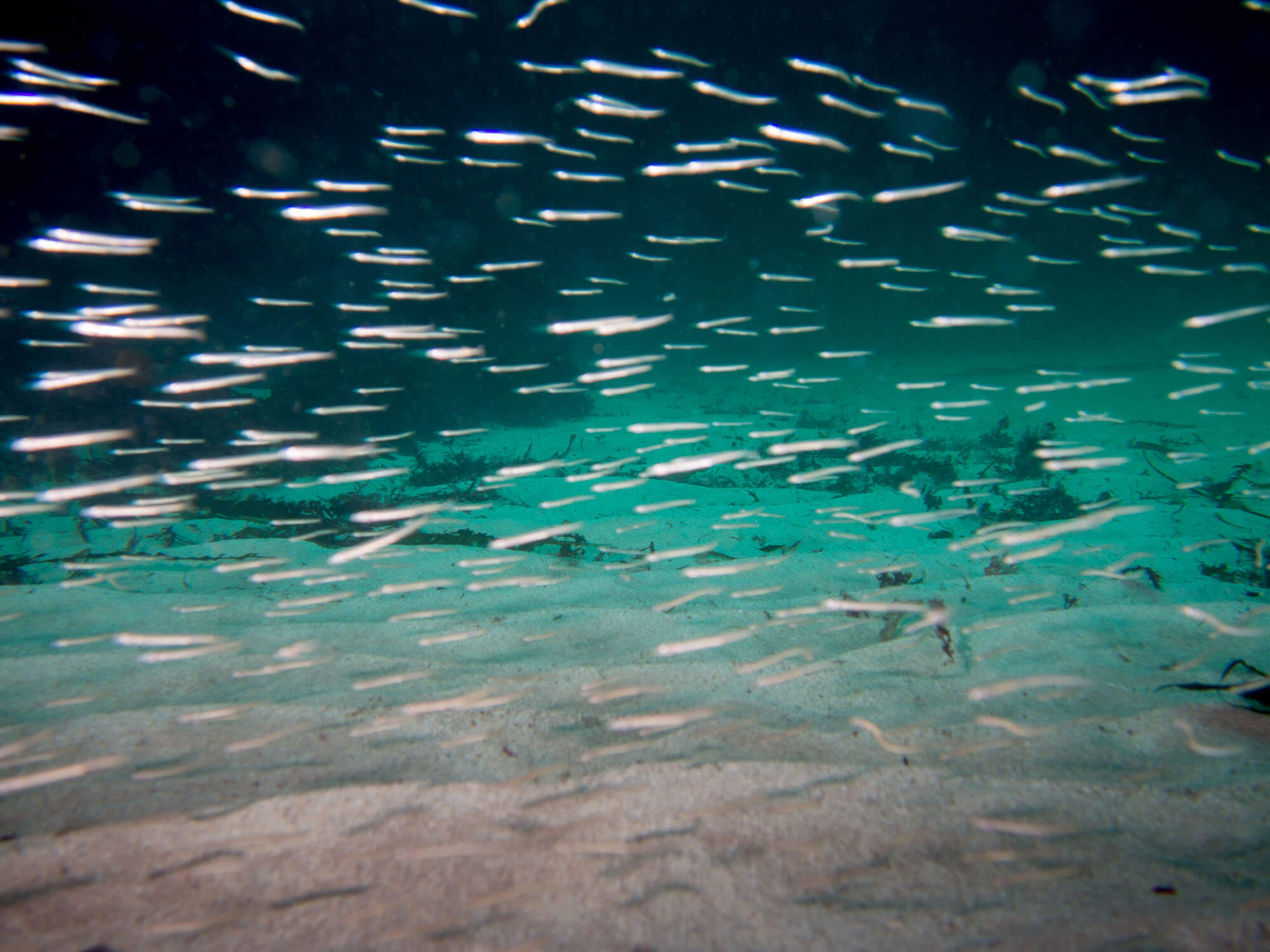The objectives of Nature Networks overlap and interact with other existing strategies. When developing Nature Networks, being aware of such strategies can allow for the delivery of multiple benefits for people and biodiversity and potential resource savings.
Covering Framework Delivery Principles:
- Data, mapping, & monitoring
- Finance & resourcing
- Governance & decision making
- Knowledge & skills
- Monitoring, Evaluation & Reporting
- Participation, engagement, & communication
- Policy & Mainstreaming
- Project Development
- Project Implementation
- Spatial Mapping
Open space strategies and green networks
Green networks connect areas of green infrastructure, green spaces and open spaces, that together form an integrated and multi-functional network.
The Town & Country Planning (Scotland) Act (1997) as amended requires that local authorities “prepare and publish an open space strategy” that should, amongst other things, “set out proposals…. as to the development, maintenance and use of green infrastructure in their district, including open spaces and green networks.”
Green networks can be planned at a range of scales for different purposes. For example West Lothian are developing settlement-scale green networks for its strategic development sites e.g Winchburgh. The Glasgow & Clyde Valley Green Network covers the whole Glasgow City Region and incorporates a strategic access network, facilitating the off-road movement of people around and between communities and a strategic habitat network, facilitating the movement of wildlife through the landscape.
What is the difference between Nature Networks, Green Networks and Open Space?
Unlike nature networks, which focus on connecting up areas important for nature, green networks can also include greenspaces that are often more likely to be relatively nature-poor, such as sports grounds and amenity greenspace around businesses, institutions (e.g. hospitals and schools) and some residential developments. ‘Open space’ also includes civic spaces, many of which are likely to be paved or hard-standing.
The spatial focus of open space strategies is open space within and adjacent to settlements, although green networks will often include the most significant active travel links between settlements too. Areas important for nature occur in both urban and rural areas and therefore nature networks are likely to stretch right across each local authority area and link with wider networks in neighbouring authorities.
How do Nature Networks relate to Blue-green Infrastructure?
The term ‘green infrastructure’ or ‘blue-green infrastructure’ (to include water as well as vegetation) emerged as a way of highlighting that nature provides a range of benefits and services that are as important as grey infrastructure (such as buildings and roads) for supporting healthy lives and making successful places. Given that healthy and biodiverse ecosystems are generally capable of providing a greater range and quantity of ecosystem services, compared to degraded and species-poor ecosystems, it is likely that nature networks will represent a significant component of an area’s blue-green infrastructure assets.
In addition, the creation of new areas of blue-green infrastructure that are designed to be nature-rich, provide an opportunity to link up existing habitats (either spatially or functionally) and strengthen nature networks to make them more resilient. For example if sustainable urban drainage schemes are designed to include permanent areas of standing water, they can act as stepping stones to allow amphibians to spread from existing ponds and make it more likely that local populations can survive periods drought that will become more frequent as our climate changes.
Help us build a useful toolbox
Share your feedback on existing guidance and resources, as well as links to others you think would be useful. We’d also love to hear about any great Nature Network projects that we should showcase.
.